The latest gold charts are pictured below and show a series of descending price peaks dating back to 1980. There are four charts. The first two charts are for the period following the August 2011 peak. The third and fourth charts are for the period after the gold price peaked in 1980. Prices on all charts are monthly average closing prices.
For example, the average closing price for gold in the month of January 1980 was $677 oz. This price ($677) is shown on Chart #3 below. During that same month, the intraday high for gold was $843 oz. The spike in price above $800 was very short-lived and not a reliable indicator of where gold traded during the month of January 1980. Average closing prices are more representative and more realistic for comparative purposes and analyses.
There are two charts for each time period. The first chart plots nominal prices; the second chart shows inflation-adjusted prices. Here is the first chart…
#1 Gold Prices August 2011-June 2024
The average closing price for gold in August 2011 was $1825 oz. After declining for more than four years, the gold price bottomed at $1060 oz. and began rising. The 2011 high was eclipsed and a new high price for gold was set at $1971 oz. in July 2020. After a sharp decline in 2022, the price of gold rose to another new high of $2327 oz., which is also the current closing price on June 28, 2024. The gold price has more than doubled (119%) since its December 2015 low. That is quite impressive, but, there are some caveats.
Gold’s recent price performance, in total, looks very good if you are short-term oriented. The shouts of joy might be a bit overdone, though, if you have been holding gold since its peak in 2011. In that case, the total price increase for the entire thirteen-year period is only 27%. That is an annualized gain of 1.86%, which is more indicative of a slow-moving wagon, rather than a rocket ship in blastoff mode.
The numbers in both cases are made worse when the effects of inflation are factored in…
#2 Gold Prices (inflation-adjusted) August 2011-June 2024
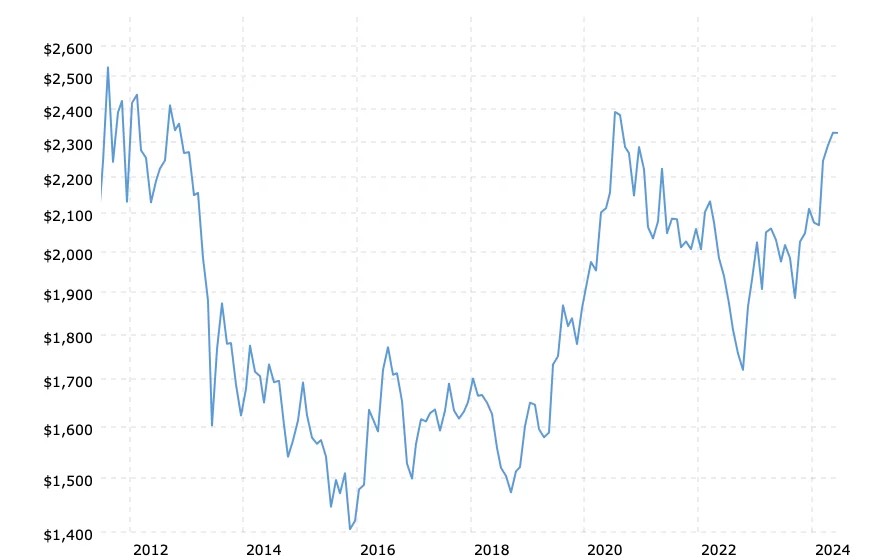
In Chart #2, the effects of inflation have turned the 2011 high and subsequent new highs in 2020 and 2024 into a series of descending peaks. Each successive peak almost matches, but doesn’t quite reach the previous high point. The total gain of 119% referenced in Chart #1 is almost halved, down to 66%. The meager nominal price increase of 27% is now a net loss (-8%). The $1825 oz. nominal price peak in 2011 correlates to a real (inflation-adjusted) price of $2529 oz. in today’s cheaper dollar(s), Now, let’s look at gold’s price performance over a longer time period. Here is Chart #3…
#3 Gold Prices January 1980-June 2024
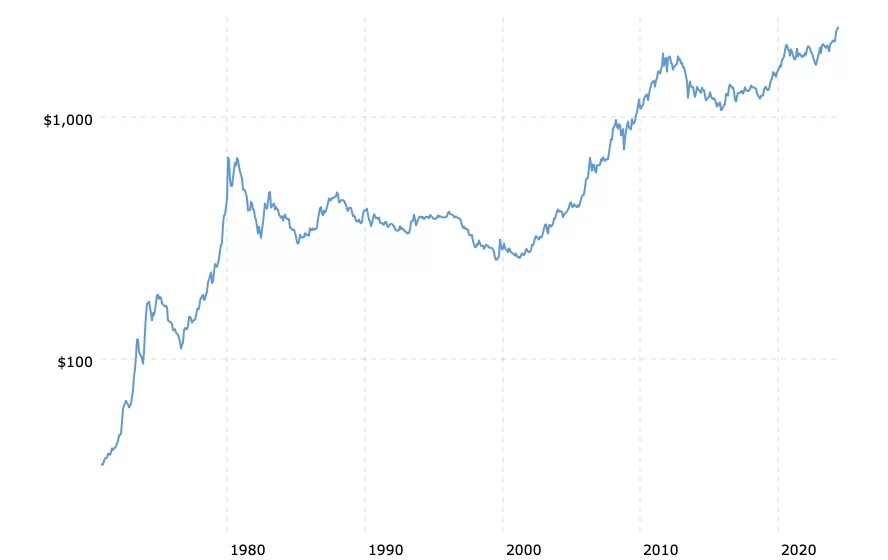
When the gold price peaked in January 1980, it correlated to the effects of inflation that had depleted U.S. dollar purchasing power by 97% over the previous half-century. At $677 oz., the gold price was thirty-three times higher than it was when gold and the dollar were interchangeable, i.e., convertible, at a fixed ratio of $20.67 per ounce. The next major peak for the gold price was in 2011 at $1825 oz., followed by 2020 and 2024. Now, let’s look at inflation-adjusted prices dating back to 1980…
#4 Gold Prices (inflation-adjusted) January 1980-June 2024
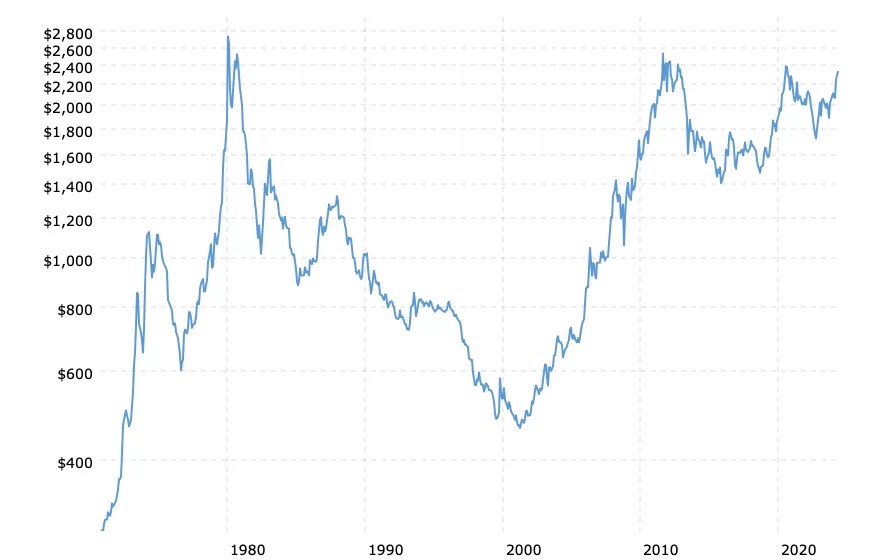
In Chart #4, the ever-ascending nominal price increases shown previously in Chart #3 are more severely subdued when the effects of inflation are factored in. In addition, both volatility and time become more apparent. What should be clear in Chart #4 is that while the nominal price of gold continues to rise reflecting actual loss of purchasing power in the U.S. dollar, the gold price in real (inflation-adjusted) terms has yet to exceed any of its previous price peaks; and likely never will. That is because gold’s value is in its use as money and is basically constant.
Each price peak in gold beginning in 1980 and including the peaks in 2011, 2020, and 2024 is a reflection of the intervening loss of purchasing power in the U.S. dollar since the previous peak.
CONCLUSION
After allowing for the effects of inflation, an ounce of gold at $2400 today is no more valuable than it was at $2000 in 2020, or $1825 in 2011, or $677 in 1980. For that matter, the purchasing power of one ounce of gold is the about the same today as it was a century ago when it was priced at $20.67. In other words, if you bought gold at any of those prices and held it until now, you do not have real profits. The higher gold price is not a profit. It represents the dollar’s loss of purchasing power. (There are possible short-term trading opportunities for traders. See Understanding Profit Potential In Gold)
Gold is real money and a long-term store of value. Holding gold provides a measure of protection against depreciating currencies. Over time, the increasing price of gold matches the loss of purchasing power in the U.S. dollar that has already occurred. (also see Gold Has Done It’s Job – Isn’t That Enough?)
Read the full article here

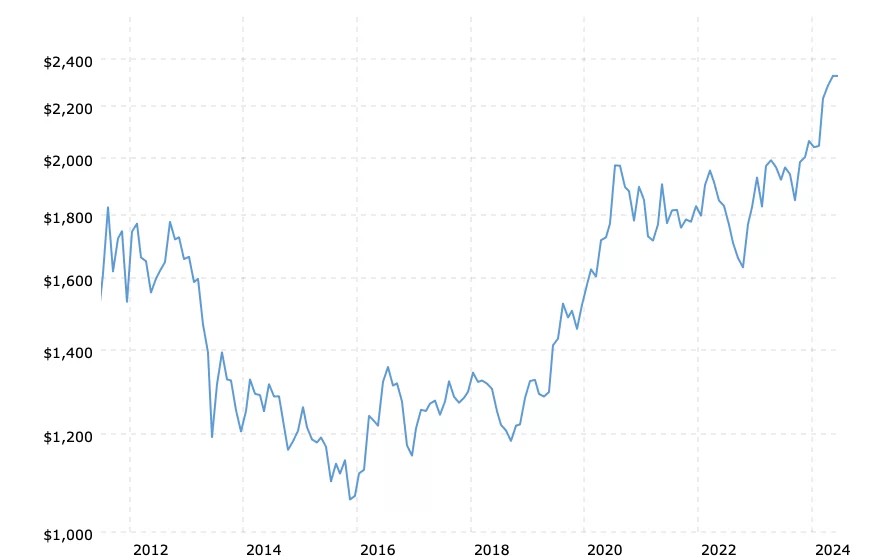









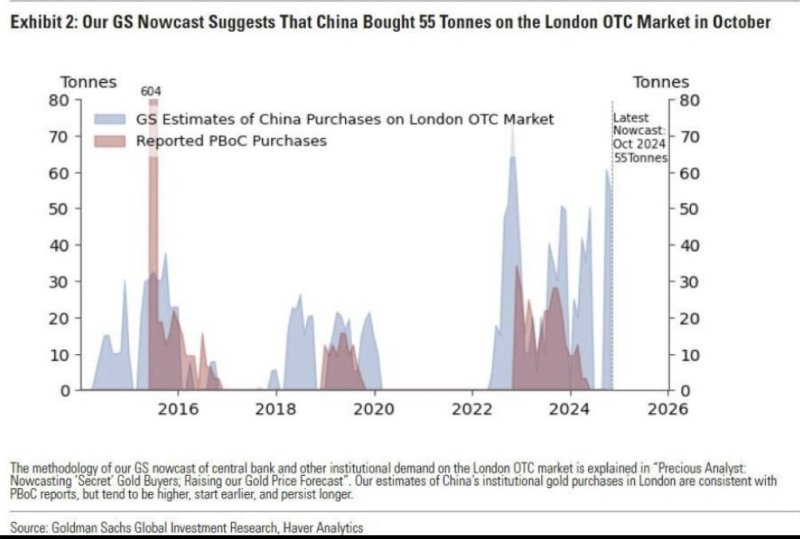
Leave a Reply